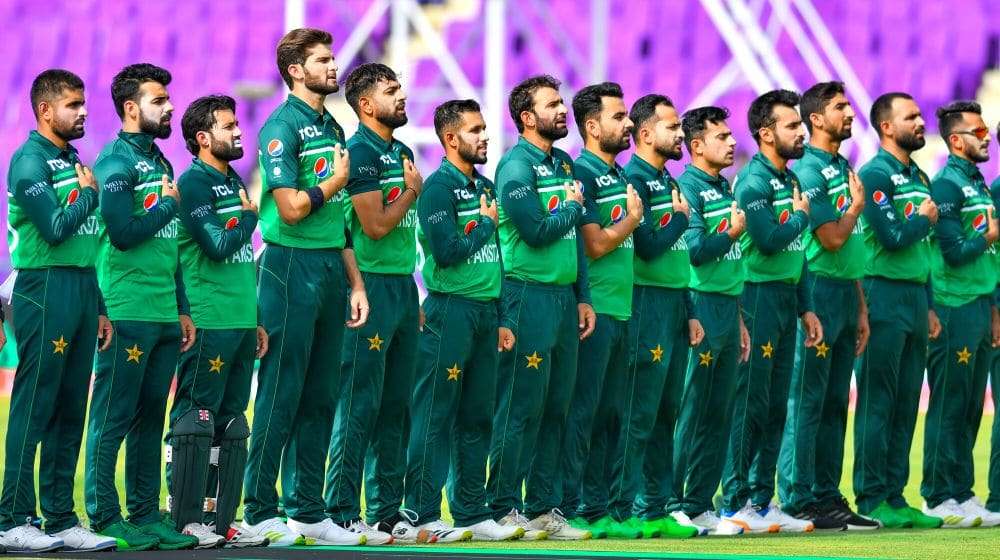The importance of stability in fitness is multifaceted and plays an important role in enhancing overall health, preventing injuries and improving athletic performance. 5 Balance Exercises to Incorporate Into Your Fitness Routine. Let’s dive into the details.
1. Basic Basis: Stability, specifically core stability, refers to the body’s ability to maintain balance and control during movement. Role of the Core: The core, which consists of the abdominal, lower back and pelvic muscles, acts as the main support system of the body. It is responsible for maintaining stability in various activities.
2.Better Posture:
Postural alignment: Stability exercises contribute to better posture by strengthening the muscles that support the spine. This, in turn, helps prevent slouching and promotes an upright, aligned posture.
3. Better balance and coordination: Stability and balance: Stability training challenges the body to distribute weight evenly, improving balance. Better balance contributes to better coordination in daily activities and sports.

4. Injury Prevention: Stabilizing joints: Stabilization exercises strengthen the muscles around joints, such as the knees and ankles. This added stability reduces the risk of injuries, especially in activities that involve sudden movements or changes in direction.
5. Increase in functional strength: Functional Fitness: Stability exercises mimic real-life activities, promoting functional strength. This means that the strength gained translates into better performance in daily activities and sports.
6. Athletic Performance: Sport-Specific Stability: Many sports require agility, quick changes of direction, and balance. Stability training increases these characteristics, which has a direct impact on athletic performance.
7. Core Temperature Regulation: Internal stability: The body regulates core temperature during physical activity. Stabilizing core muscles facilitate efficient temperature regulation, especially during prolonged or intense exercise.
8. Prevents back pain: Support the spine: Stability exercises strengthen the back muscles, providing better support for the spine. It can reduce and prevent back pain, which is a common problem for many individuals.
Balancing Act: Unveiling the Secrets of Stability Training
Stability refers to the body’s ability to maintain balance, control and balance during various movements and activities. It involves coordination of the muscles, joints, and nervous system to provide a solid foundation for both static (fixed) and dynamic (moving) positions. Stability is a fundamental component of physical fitness and plays an important role in overall health and athletic performance. 5 Balance Exercises to Incorporate Into Your Fitness Routine.

Key elements of stability in fitness: Core Stability:
Central to stability is muscle strength and coordination in the abdomen, lower back, and pelvis. A stable core provides a solid foundation for the entire body, influencing posture, balance and overall strength.
Muscle and joint stability: Muscular stability involves muscle strength and endurance, especially around the joints. Stable joints are important to prevent injury and ensure smooth, controlled movement. Functional stability increases the body’s ability to efficiently perform daily tasks and sports-related activities.
Proprioception: The body’s awareness of its position in space is called proprioception. Stability training improves proprioception, increasing the body’s ability to respond to changes in position and terrain.
Dynamic Stability: Dynamic stability refers to stability during movement, such as walking, running, or performing sports activities. It requires an integration of strength, flexibility, and nerve control.
Mind and Body Connection: Consolidation exercises often involve focus and mindfulness. The mind-body connection created through stability training enhances overall health.
Understanding and incorporating fitness training is critical to building a well-rounded and flexible body that can perform optimally in a variety of physical activities.
5 Balance Exercises to Incorporate Into Your Fitness Routine
In achieving a good fitness regimen, it’s important to go beyond traditional strength training and cardio exercises. Incorporating balance exercises into your routine not only improves stability but also helps improve overall performance. Here, we explore five effective balance exercises that you can seamlessly incorporate into your fitness routine.
Single leg stance with arms raised: Start by standing on one leg and slowly lift the opposite leg off the ground. At the same time, raise your arms to shoulder height. This exercise engages your core muscles, promotes stability and improves balance. Maintain the stance for 15-30 seconds and then alternate legs.
:max_bytes(150000):strip_icc():format(webp)/About-45-1230773-One-Leg-Deadlifts01-604-6c30550edce94d8e8e517840cc0ca89a.jpg)
Bosu Ball Squats: Using a bosu ball adds an element of instability to your squats. Place the flat side of the bosu ball on the ground and stand on the rounded side. Perform squats while ensuring proper form. The challenge of maintaining balance on an unstable surface targets different muscle groups, including the core, legs, and stabilizing muscles.
Side leg raises with stability discs: Add stability discs to your routine by standing on one leg while lifting the opposite leg out to the side. This exercise not only strengthens the hips and thighs, but also improves your ability to control movement on an unstable surface.
Plank with alternating leg lifts: Improve your plank routine by lifting one leg off the ground while maintaining a strong plank position. This variation engages the muscles of the core, glutes and lower back. Alternate between legs, focusing on controlled movements to maximize stability gains.
Tai Chi-Induced Weight Changes: Embrace the flowing movements of Tai Chi to improve balance and stability. Start with your feet shoulder-width apart and slowly shift your weight from one leg to the other in a controlled manner. This exercise not only increases physical stability but also promotes mindfulness and physical awareness.

